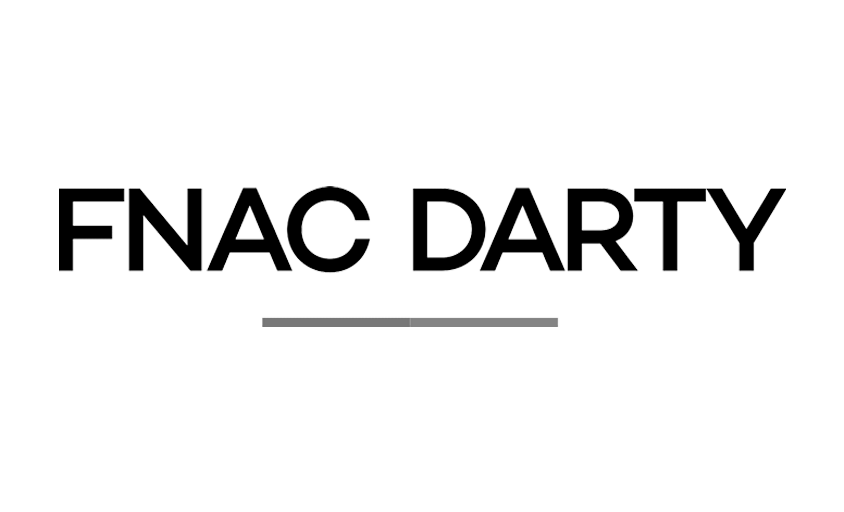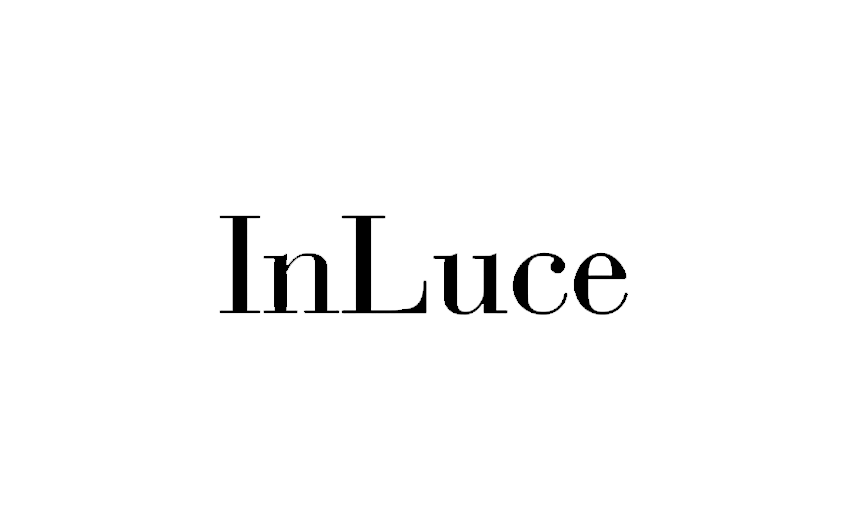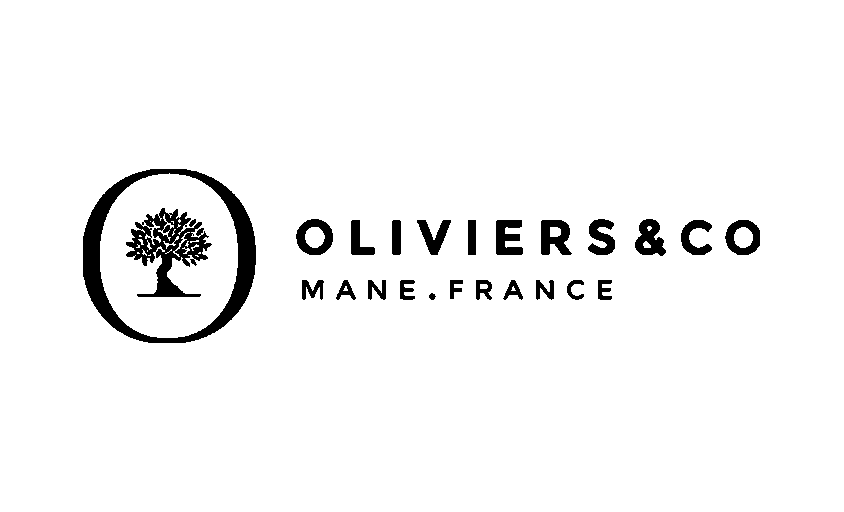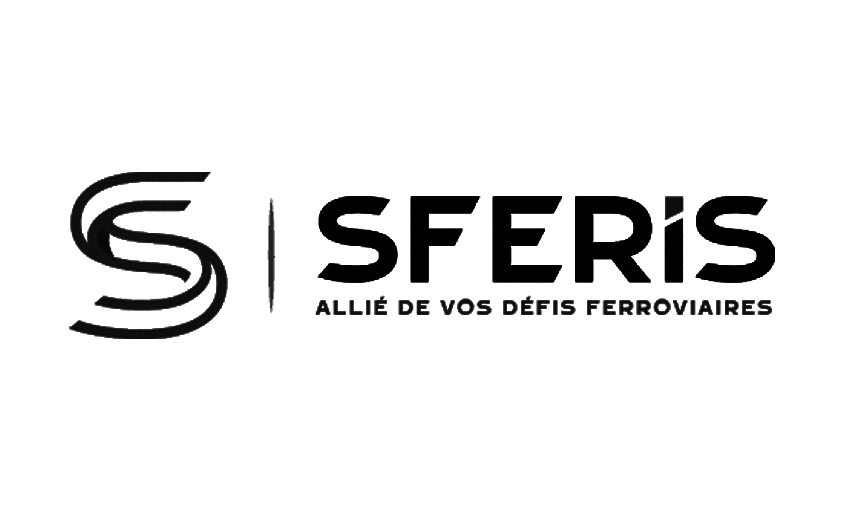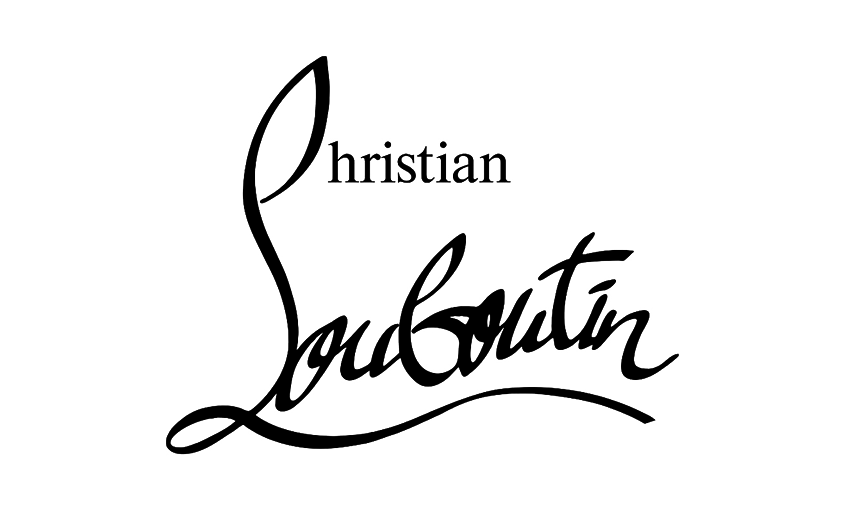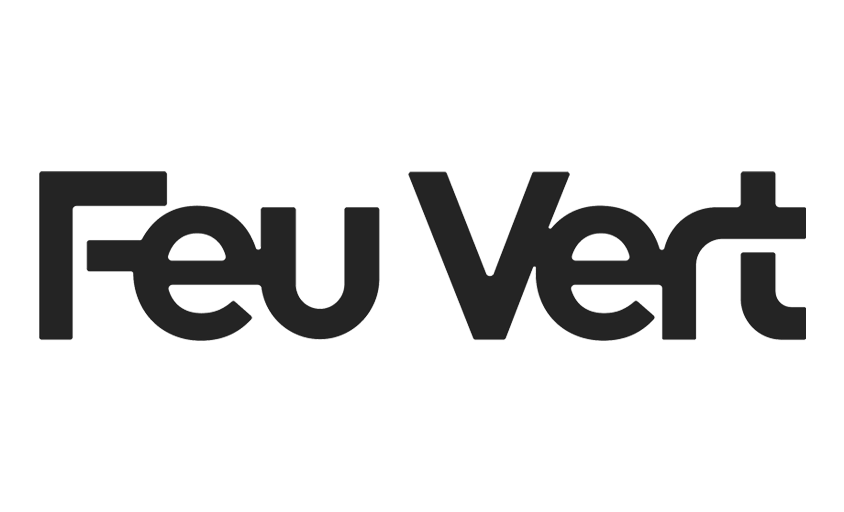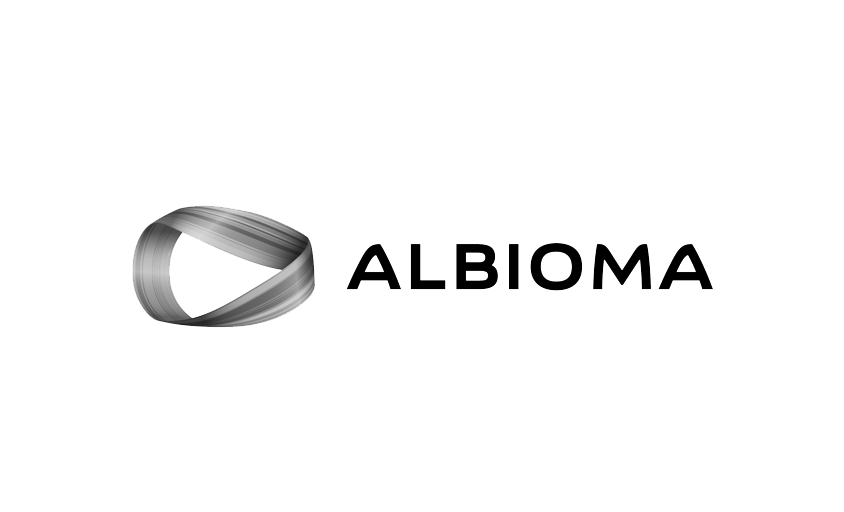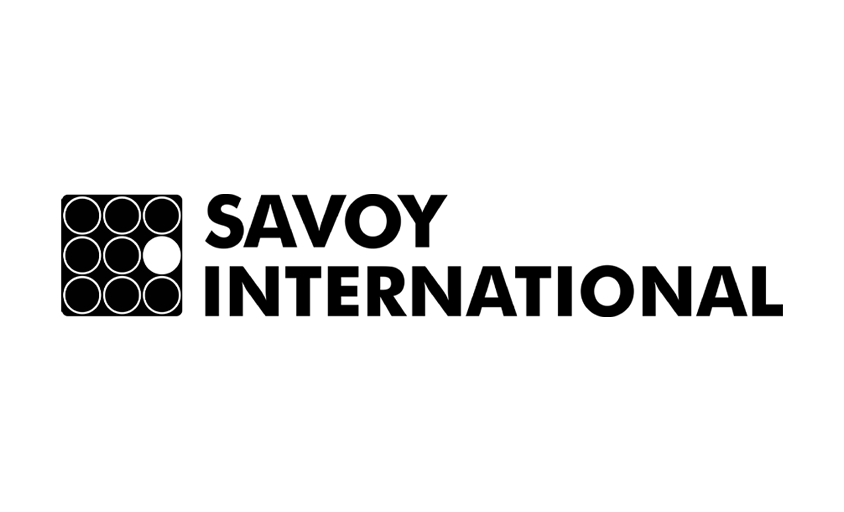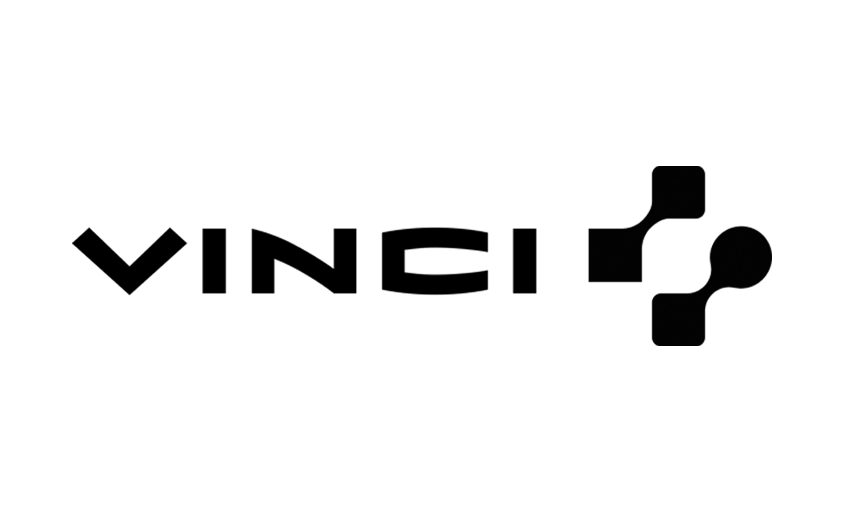What Is a Photography Lighting System?
In this article :
A photography lighting system refers to the set of devices and techniques used to control light during a photo shoot. Lighting plays a crucial role in creating an atmosphere, highlighting subjects, and managing shadows and details. A good lighting system allows for precise light direction, adjustable intensity, and controlled direction to achieve the desired effect.
key components of a photography lighting system
1. Light Sources
Light sources can be natural (like sunlight) or artificial (such as lamps, flashes, continuous light bulbs, etc.). The most common light types used in a photo studio are:
- Studio Flash: A powerful, fast light source that freezes motion and provides precise lighting.
- Continuous Light: A light that stays on throughout the session, ideal for getting a direct preview of the lighting.
- Natural Light: Coming from windows, it can be used to create natural and dynamic effects.
2. Light Modifiers
Light modifiers are accessories that alter the quality of light produced by a source. They affect the softness, direction, intensity, and diffusion of light:
- Softbox: Creates soft, diffused light, ideal for portraits or product photography.
- Umbrella: Reflects or diffuses light, providing a wider and softer illumination.
- Diffusers: Soften harsh light from a direct source.
- Reflectors: Redirect light onto a part of the subject to add brightness or remove shadows.
These are essential tools for controlling light and achieving the desired effect based on the subject and the atmosphere you want to create.
3. Light Positioning and Angles
Light positioning is critical for achieving the desired visual effect. The angle of light affects texture, shape, and the mood of the image. Some classic positions include:
- Front Light: Directly illuminates the subject, creating a flat image.
- Side Light: Produces more pronounced shadows, emphasizing the subject’s texture.
- Back Light (Backlighting): Creates a light halo around the subject, often used for silhouettes or dramatic effects.
4. Key Light and Fill Light
A typical lighting setup relies on using multiple light sources. The two main ones are:
- Key Light: The main light source that determines the overall lighting of the scene.
- Fill Light: A secondary light used to soften the shadows created by the key light.
5. Color Temperature
Color temperature defines the hue of light, ranging from warm light (more yellow/orange) to cool light (more blue). Managing this temperature is crucial for accurate color representation in images and can be adjusted using filters or different light sources.
In Summary
A photography lighting system encompasses a variety of tools and techniques that allow you to shape light for specific results, whether for portraits, product shots, or architectural photography. The choice and mastery of lighting directly affect the visual quality of a photo, depending on the desired effects and the photographer’s creative needs.
Jérémy Carlo is the editorial director at Rétines, where he ensures the consistency and clarity of all content produced by the studio.
Our Clients
Let’s discuss
What we do for you at Rétines
Meticulous work, an organised project and fast delivery. And to achieve this, we mobilise the right resources in our teams at the right time.
01
Pre-production
Artistic and technical direction tailored to the project.
Relevant recommendations on content, form and resources.
02
Photo Shooting
Photos taken by our experienced photographers.
Production that’s controlled, efficient and tailored to the needs of the project, with nothing superfluous.
03
Retouching
Technique
Photographs magnified by our retouching team.
Post-production to meet the commercial challenges of the brief.

